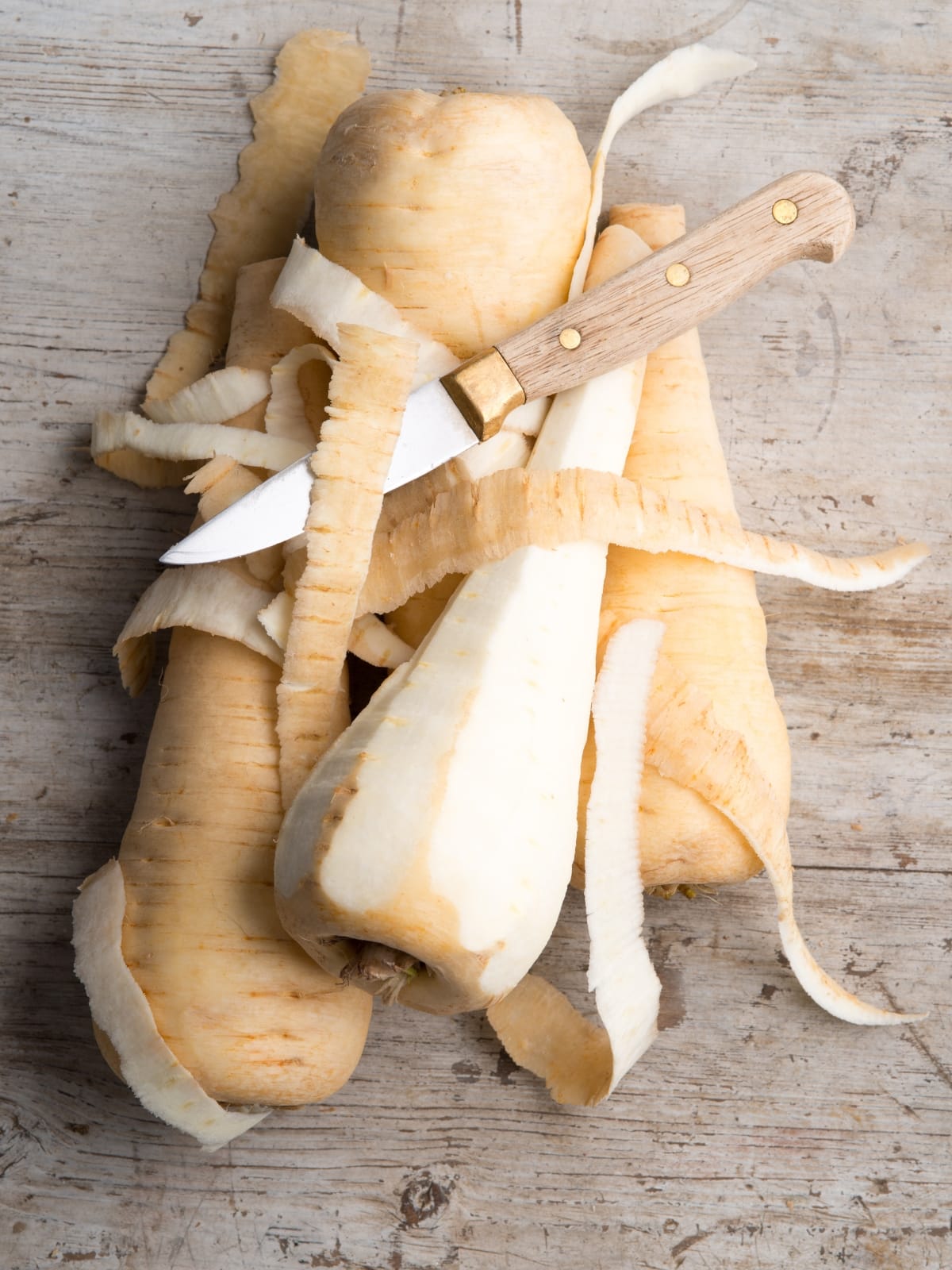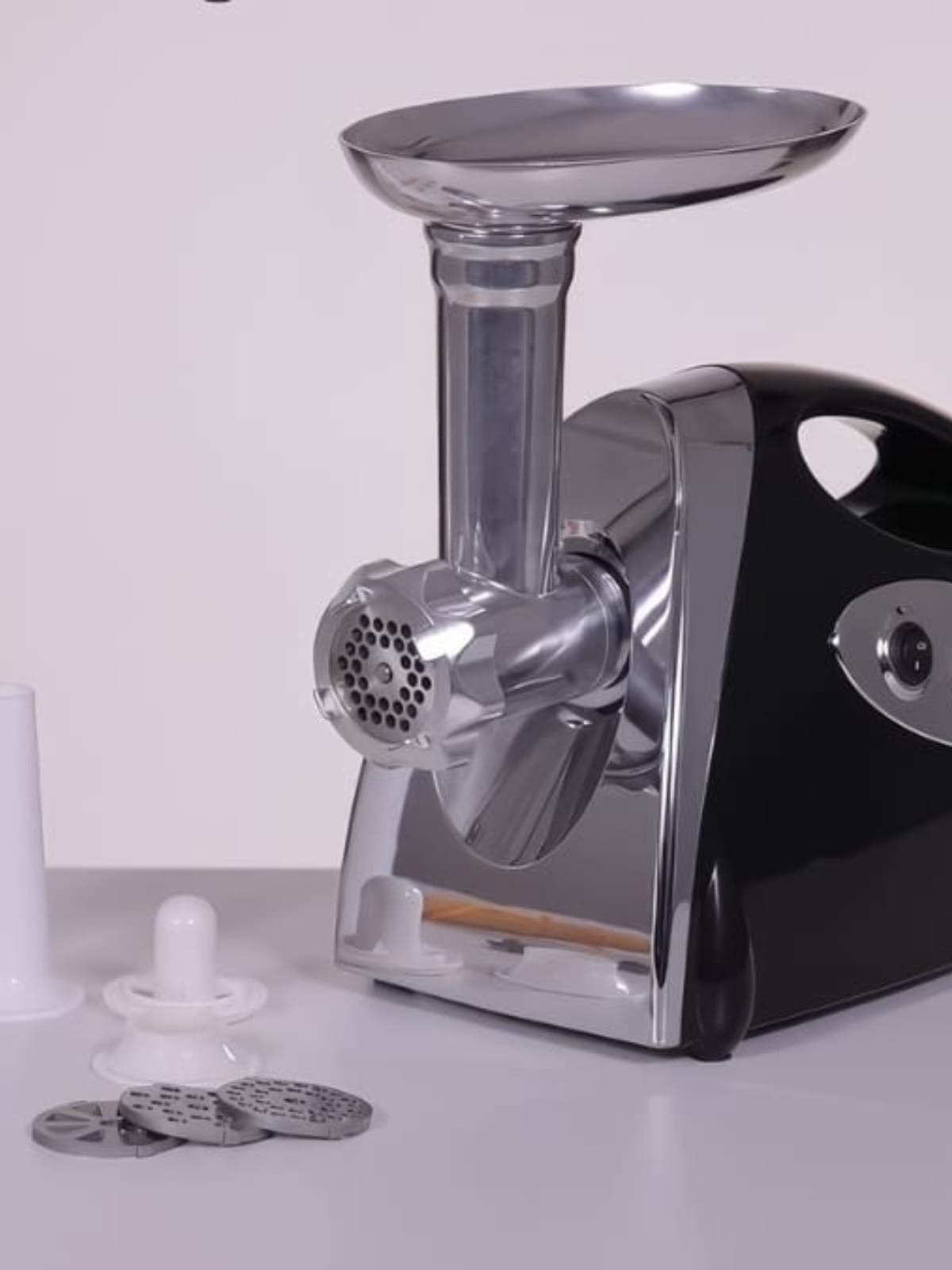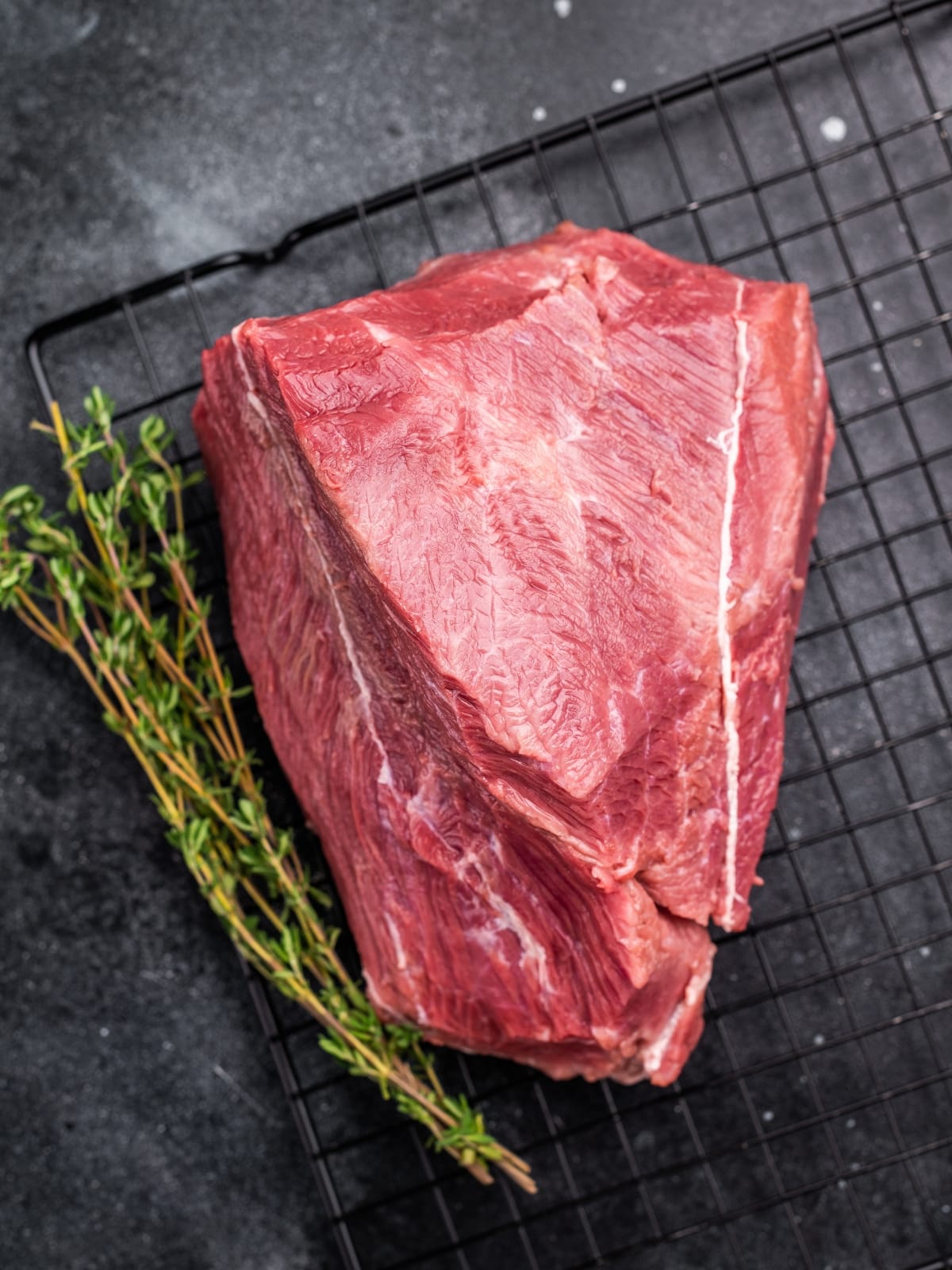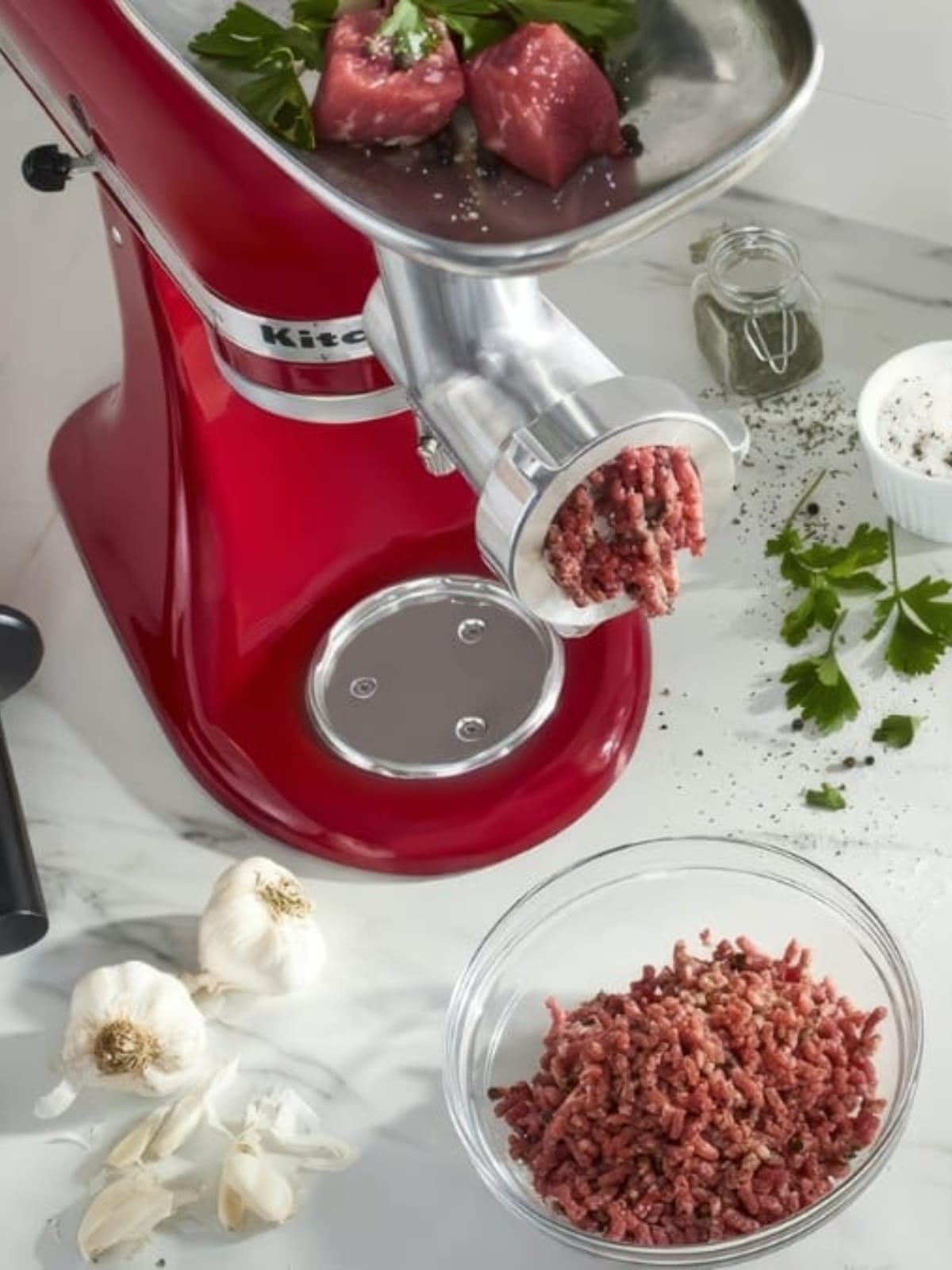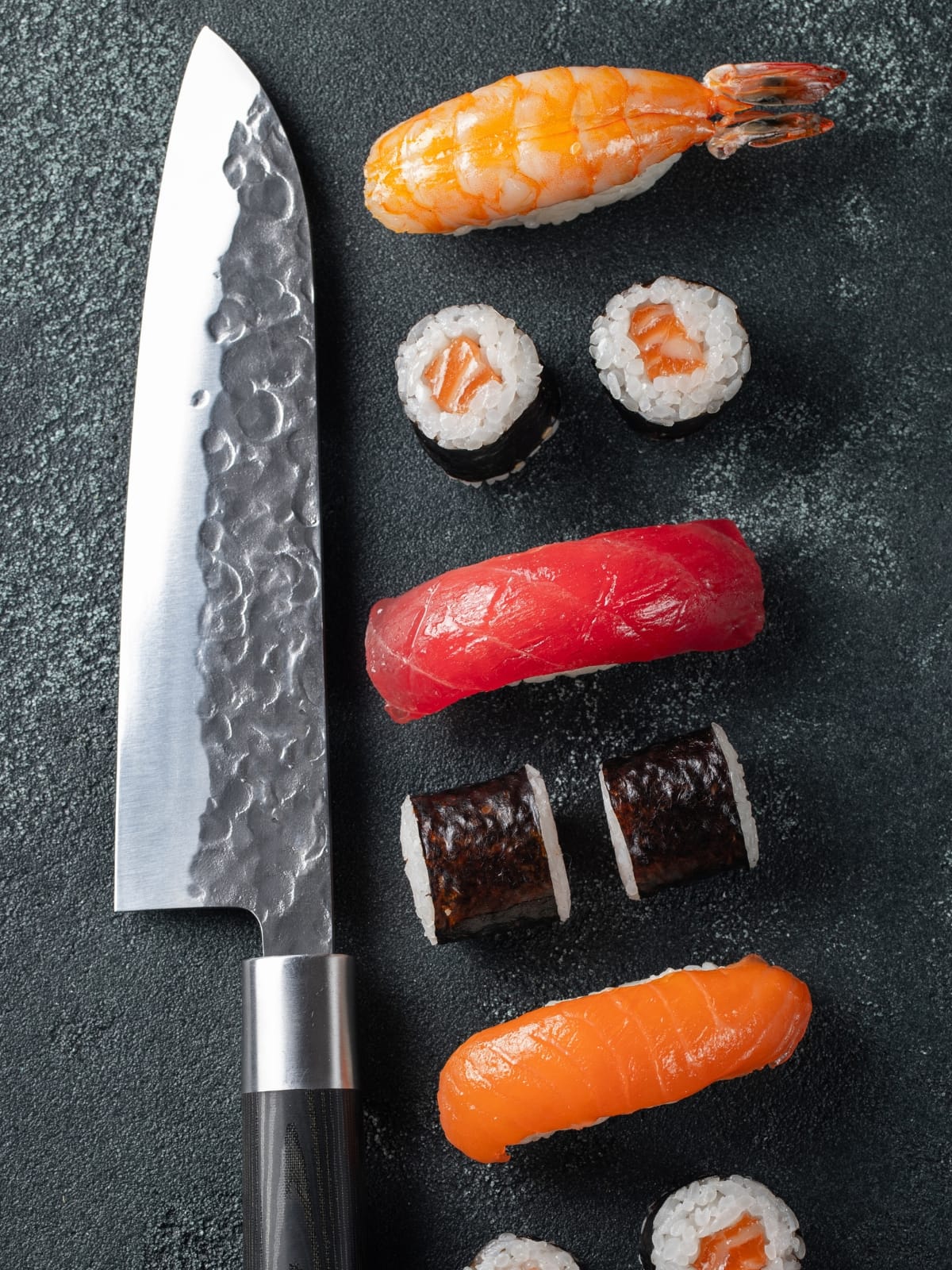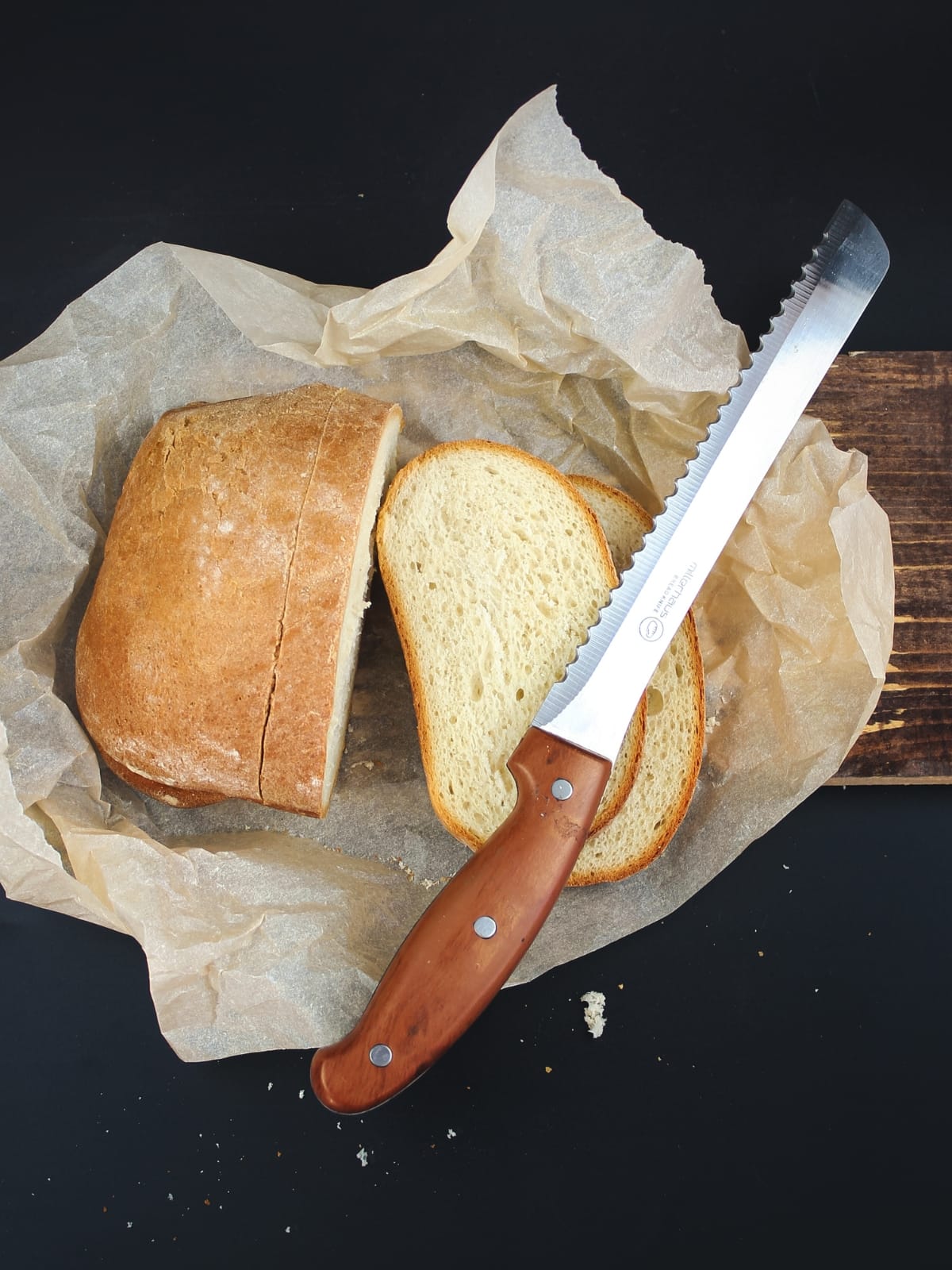Discover everything you need to know about paring knife – the small but mighty kitchen essential that professional chefs and home cooks rely on for precise cutting tasks. From peeling fruits to creating garnishes, learn why this versatile blade deserves a spot in your knife collection.
Understanding the Paring Knife
When it comes to precision cutting tasks in the kitchen, few tools are as indispensable as the paring knife. This small but mighty blade is a staple in professional kitchens and home cook’s drawers alike. But what exactly is a paring knife, and why is it so essential? Let’s dive into the world of this versatile kitchen tool and explore its many uses, types, and care requirements.
What Exactly Is a Paring Knife?

A paring knife is a small, nimble kitchen knife designed for precise cutting tasks that require control and dexterity. Typically ranging from 2 to 4 inches in length, these knives are characterized by their short, sharp blades and comfortable handles. The name “paring” comes from the French word “parer,” which means to trim or peel, hinting at its primary function.
Standard Size and Dimensions
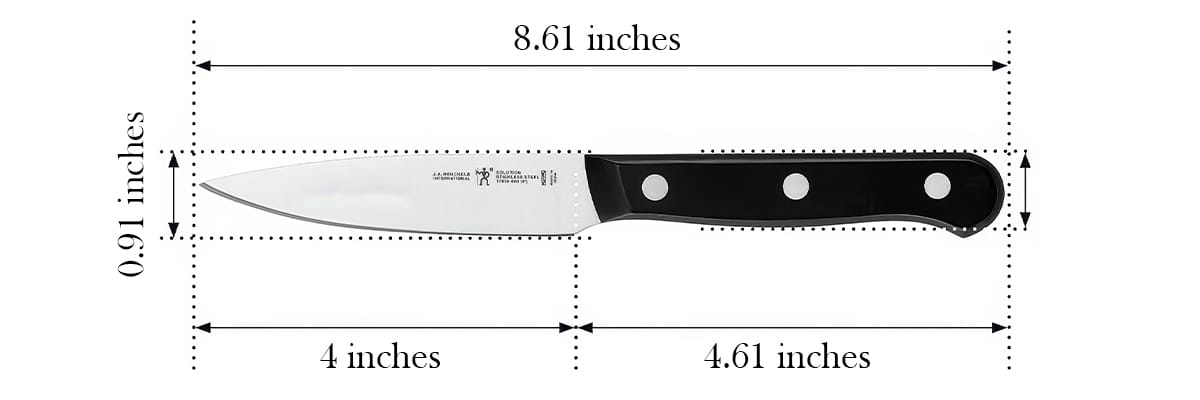
While paring knives can vary in size, the most common length for a paring knife blade is around 3.5 inches. This compact size allows for excellent control and maneuverability, making it perfect for intricate tasks like peeling apples or deveining shrimp.
Common Blade Materials
Paring knife blades are typically made from high-quality stainless steel, which offers a good balance of sharpness, durability, and corrosion resistance. Some premium models may feature high-carbon steel blades, which can hold an exceptionally sharp edge but require more maintenance to prevent rusting.
The most common blade materials for paring knives include:
- Stainless Steel
- High-Carbon Stainless Steel
- Damascus Steel
- Ceramic
Handle Types and Materials
The handle of a paring knife is crucial for comfort and control. Common handle materials include:
- Wood (traditional and warm)
- Plastic (durable and easy to clean)
- Stainless Steel (sleek and hygienic)
- Composite materials (balanced and comfortable)
Some paring knives feature ergonomic handles designed to reduce hand fatigue during extended use.
The Anatomy of a Paring Knife
Understanding the anatomy of a paring knife can help you appreciate its design and functionality better.
Blade Design
The blade of a paring knife is its most crucial component. Here are the key aspects of paring knife blade design:
- Blade Length: As mentioned earlier, paring knife blades typically range from 2 to 4 inches, with 3.5 inches being the most common length.
- Edge Type: Most paring knives feature a straight edge, which is ideal for precise cuts and peeling. Some specialized paring knives, like the bird’s beak variety, have a curved edge.
- Point Characteristics: Paring knives usually have a sharp, pointed tip that’s excellent for detailed work like removing blemishes from produce or creating decorative garnishes.
Handle Construction
The handle of a paring knife is crucial for comfort and control. Key aspects include:
- Ergonomics: Many paring knives feature ergonomically designed handles that fit comfortably in the hand and reduce fatigue during extended use.
- Common Materials: As mentioned earlier, handles can be made from various materials, each with its own benefits.
- Full Tang vs. Partial Tang: A full tang knife has the blade steel extending through the entire handle, providing better balance and durability. Partial tang knives have the steel extending only partway into the handle and are often less expensive but may not be as durable.
Types of Paring Knife
While the classic paring knife is the most common, there are several specialized types designed for specific tasks:
Bird’s Beak (Tourne) Paring Knife
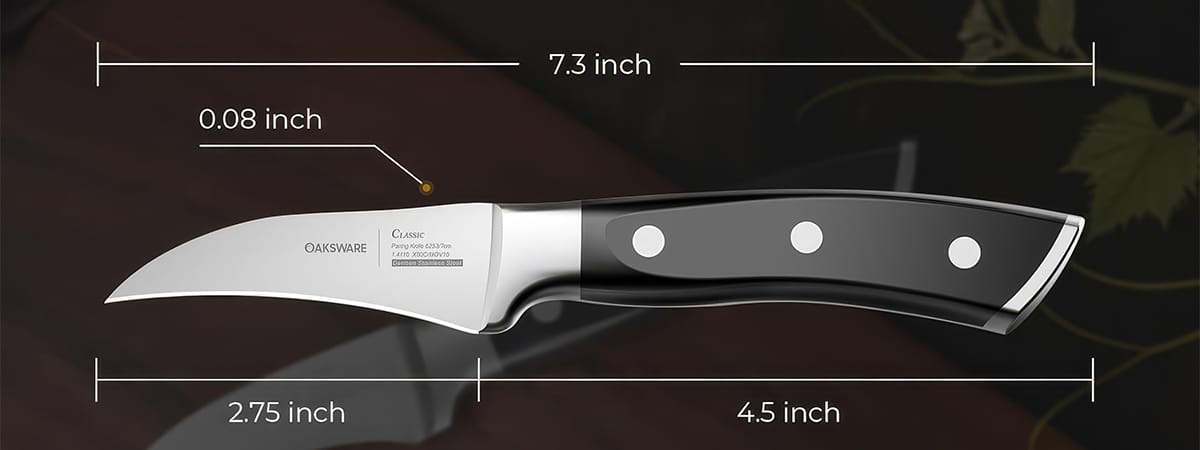
This type of paring knife features a short, curved blade that resembles a bird’s beak. It’s ideal for creating rounded cuts on fruits and vegetables, such as tournéed potatoes. The curved blade also excels at peeling round fruits and vegetables.
Sheep’s Foot Paring Knife

The sheep’s foot paring knife has a straight edge and a rounded tip. This design allows for more control when slicing on a cutting board, making it excellent for precise cuts and mincing herbs.
Spear Point Paring Knife

This is the classic paring knife design, featuring a straight edge that curves up to meet the spine at a sharp point. It’s the most versatile type, suitable for a wide range of tasks from peeling to detailed cutting work.
Western-Style vs. Japanese Paring Knife
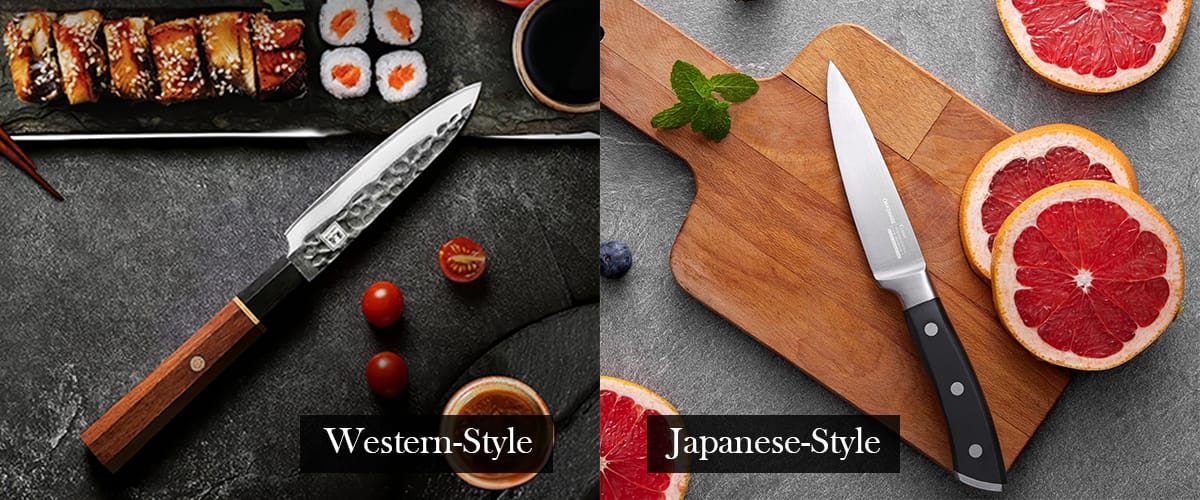
Western-style paring knives typically have a more robust build and are designed for a variety of tasks. Japanese paring knives, often called petty knives, tend to be lighter and sharper, with a focus on precision cutting.
Essential Uses for a Paring Knife
A paring knife is a versatile tool with numerous applications in the kitchen. Here are some of its essential uses:
- Peeling and Trimming: The small size and sharp blade make paring knives ideal for peeling fruits and vegetables, especially those with thin skins like apples or potatoes.
- Detail Work and Garnishing: The pointed tip and small blade allow for intricate cuts, perfect for creating garnishes or removing blemishes from produce.
- Small Fruit and Vegetable Prep: For cutting small fruits like strawberries or mincing garlic, a paring knife offers precise control.
- Deveining Shrimp: The sharp point of a paring knife is perfect for removing the vein from shrimp quickly and efficiently.
- Creating Decorative Garnishes: Chefs often use paring knives to create intricate fruit and vegetable carvings for garnishes.
According to Serious Eats, paring knives are also excellent for tasks like hulling strawberries, segmenting citrus fruits, and even opening oysters in a pinch.
Paring Knife vs. Other Kitchen Knives
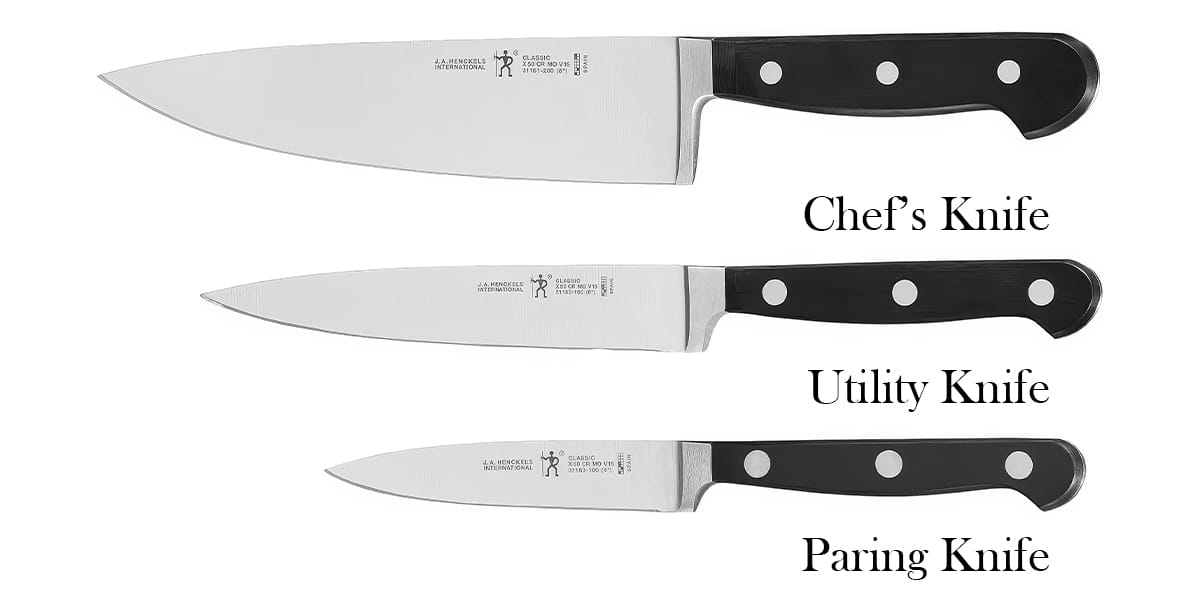
To fully appreciate the unique role of a paring knife, it’s helpful to compare it to other common kitchen knives:
Paring Knife vs. Utility Knife
While both are smaller than a chef’s knife, a utility knife is typically larger than a paring knife (usually 4-7 inches). Utility knives are more versatile for general cutting tasks, while paring knives excel at precision work and in-hand cutting.
Paring Knife vs. Chef’s Knife
A chef’s knife is much larger (typically 8-10 inches) and is designed for a wide range of cutting tasks on a cutting board. A paring knife, being smaller, is better suited for intricate work and tasks that require more control.
| Feature | Paring Knife | Utility Knife | Chef’s Knife |
|---|---|---|---|
| Blade Length | 2-4 inches | 4-7 inches | 8-10 inches |
| Typical Uses | – Peeling fruits and vegetables – Detailed cutting work – Creating garnishes – Deveining shrimp- In-hand cutting | – Slicing sandwiches – Cutting small to medium fruits and vegetables – Light meat trimming – General purpose cutting | – Chopping vegetables – Slicing meats – Dicing herbs – Crushing garlic – All-purpose cutting |
| Pros | – Precise control – Excellent for intricate tasks – Easy to maneuver – Ideal for in-hand cutting | – Versatile for various tasks – Good balance of size and precision – Useful for both board and in-hand cutting | – Efficient for large cutting tasks – Versatile for most kitchen jobs – Powerful and sturdy |
| Cons | – Limited use for larger items – Not suitable for heavy-duty tasks | – Less precise than paring knife for detailed work – Not as efficient as chef’s knife for large tasks | – Can be unwieldy for small, precise tasks – Requires more skill to handle safely |
| Best For | Precision work and small items | Medium-sized cutting tasks | Large-scale food preparation |
When to Choose a Paring Knife
Choose a paring knife when:
- You need precise control for detailed cutting
- You’re working with small fruits or vegetables
- You’re peeling or trimming produce
- You need to make intricate cuts or garnishes
Top Brands and Recommendations
Some reputable brands known for quality paring knives include:
Budget vs. Premium Options
While premium paring knives can cost $50 or more, there are excellent budget options available for under $20. The Victorinox Swiss Army Paring Knife is a popular choice that offers great value for money.
FAQs
Can you sharpen a paring knife?
Absolutely! In fact, regular sharpening is essential to maintain the effectiveness of your paring knife. You can use a honing steel for routine edge maintenance or a whetstone for more thorough sharpening.
What is the optimal degree to sharpen a paring knife?
The optimal sharpening angle for a paring knife typically ranges from 15 to 20 degrees per side. Western-style paring knives are often sharpened to around 20 degrees, while Japanese-style knives may have a sharper angle of 15-17 degrees. For most home cooks, maintaining a consistent angle around 17-20 degrees will provide a good balance of sharpness and edge durability.
What’s the ideal blade length?
The ideal blade length for a paring knife typically ranges from 2 to 4 inches, with 3.5 inches being the most common and versatile size. This length provides a good balance between precision for detailed work and enough blade for general small cutting tasks.
Should I invest in an expensive paring knife?
While there are excellent budget-friendly options available, investing in a high-quality paring knife can be worthwhile if you use it frequently. Expensive paring knives often feature superior materials, better edge retention, and more comfortable handles. However, even mid-range paring knives can perform exceptionally well for most home cooks. Consider your budget, frequency of use, and cooking needs when deciding how much to invest.
What is the difference between a paring knife and a utility knife?
The main differences between a paring knife and a utility knife are size and versatility. Paring knives typically have blades 2-4 inches long and excel at precise, detailed work. Utility knives are larger (usually 4-7 inches) and more versatile for general cutting tasks. While paring knives are ideal for in-hand cutting and intricate work, utility knives bridge the gap between paring knives and chef’s knives for medium-sized cutting jobs.
What is the purpose of a paring knife?
The primary purpose of a paring knife is to perform precise cutting tasks that require control and dexterity. It excels at peeling and trimming fruits and vegetables, creating garnishes, deveining shrimp, and other detailed kitchen work. The paring knife’s small size makes it ideal for in-hand cutting and tasks that are too delicate for larger knives.
What kitchen knife is smaller than a paring knife?
While paring knives are already quite small, there are a few specialized knives that can be even smaller. The bird’s beak knife (also called a tourne knife) is often smaller than a standard paring knife, typically around 2-3 inches in length. Another example is the citrus knife, which is designed specifically for segmenting citrus fruits and can be as small as 2 inches. However, for most general kitchen tasks, the paring knife is usually the smallest knife in a standard knife set.
How to hold a paring knife?
To hold a paring knife correctly:
- Grip the handle with your dominant hand, wrapping your fingers around it comfortably.
- Place your thumb and index finger on opposite sides of the blade near the bolster (where the blade meets the handle).
- Keep your grip firm but relaxed, allowing for precise control.
For in-hand cutting, hold the food item in your non-dominant hand and use the paring knife in your dominant hand. When using a cutting board, you can use a pinch grip similar to holding a chef’s knife. Always prioritize safety and comfort in your grip.
How to identify a paring knife?
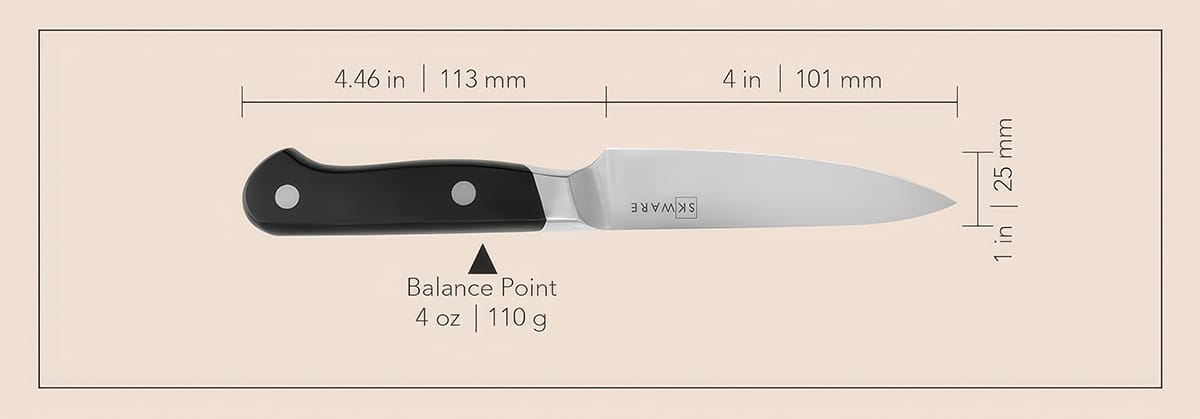
You can identify a paring knife by these characteristics:
- Small size: Typically 2-4 inches in blade length
- Narrow, pointed blade
- Straight edge (in most cases)
- Lightweight and easy to maneuver
- Often has a spear point or bird’s beak shape
Paring knives are usually the smallest knives in a kitchen knife set, designed for precision work rather than heavy-duty cutting. Their compact size and sharp, pointed tip distinguish them from other small kitchen knives like utility knives.
Conclusion
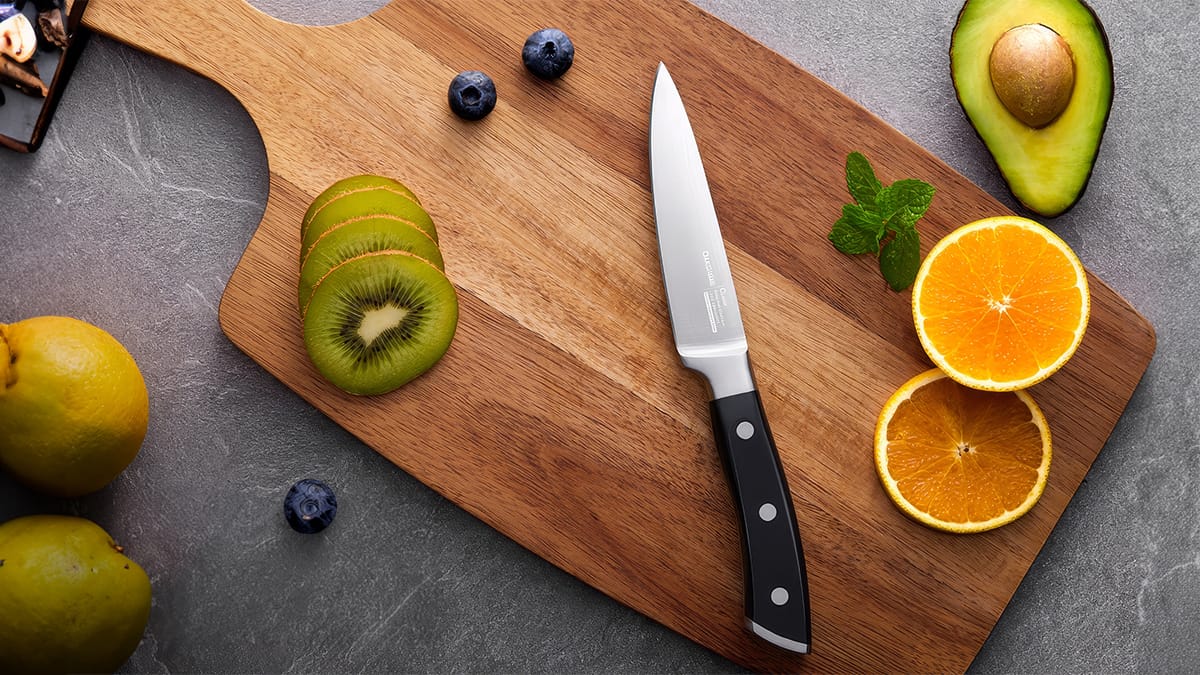
A paring knife is an essential tool for any kitchen, offering unparalleled precision for detailed work that larger knives can’t match. While it’s just one of the many types of kitchen knives available, its versatility makes it invaluable for both professional chefs and home cooks, elevating food preparation skills and simplifying many kitchen tasks. To maximize its potential, use your paring knife for its intended purposes, maintain it properly, and practice your techniques – soon, you’ll find this small but mighty blade becoming one of your most indispensable kitchen tools, complementing your other knives perfectly.
